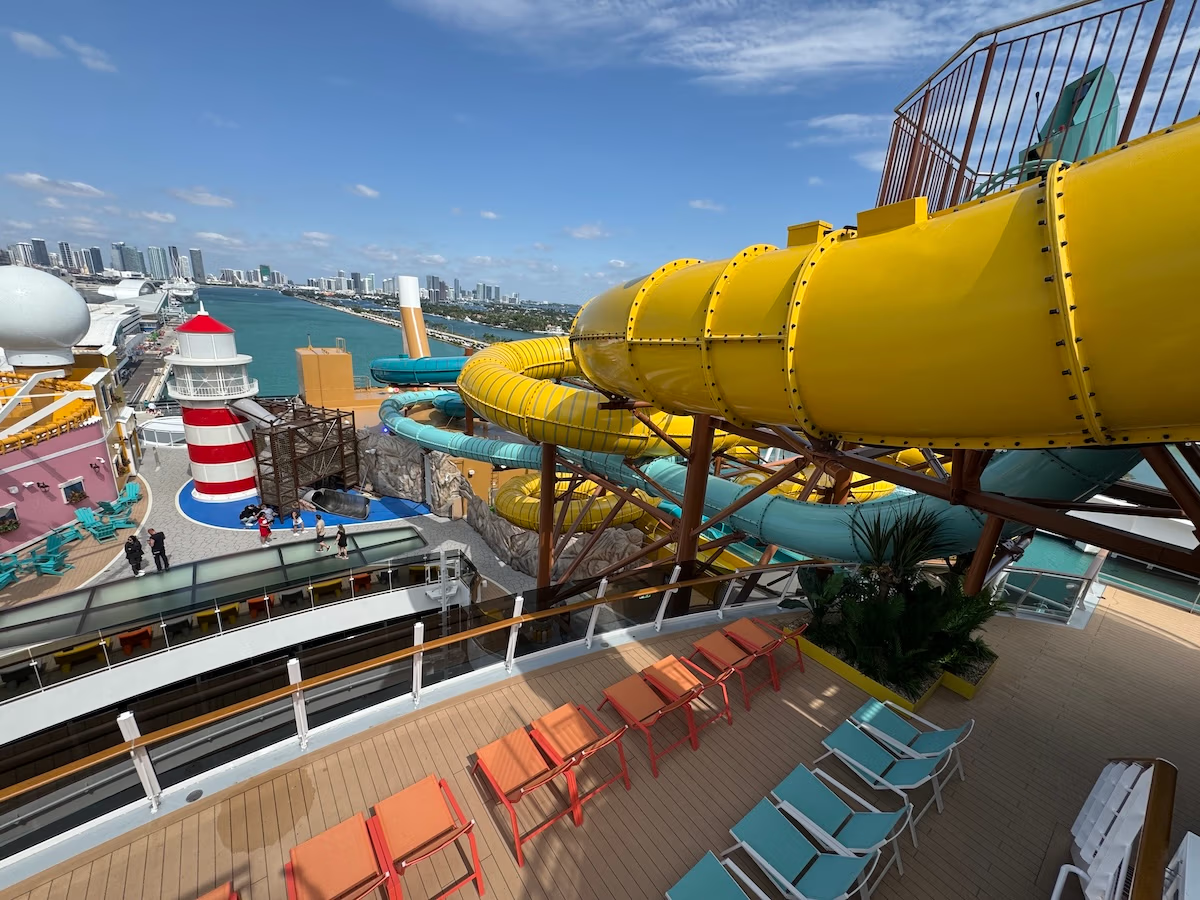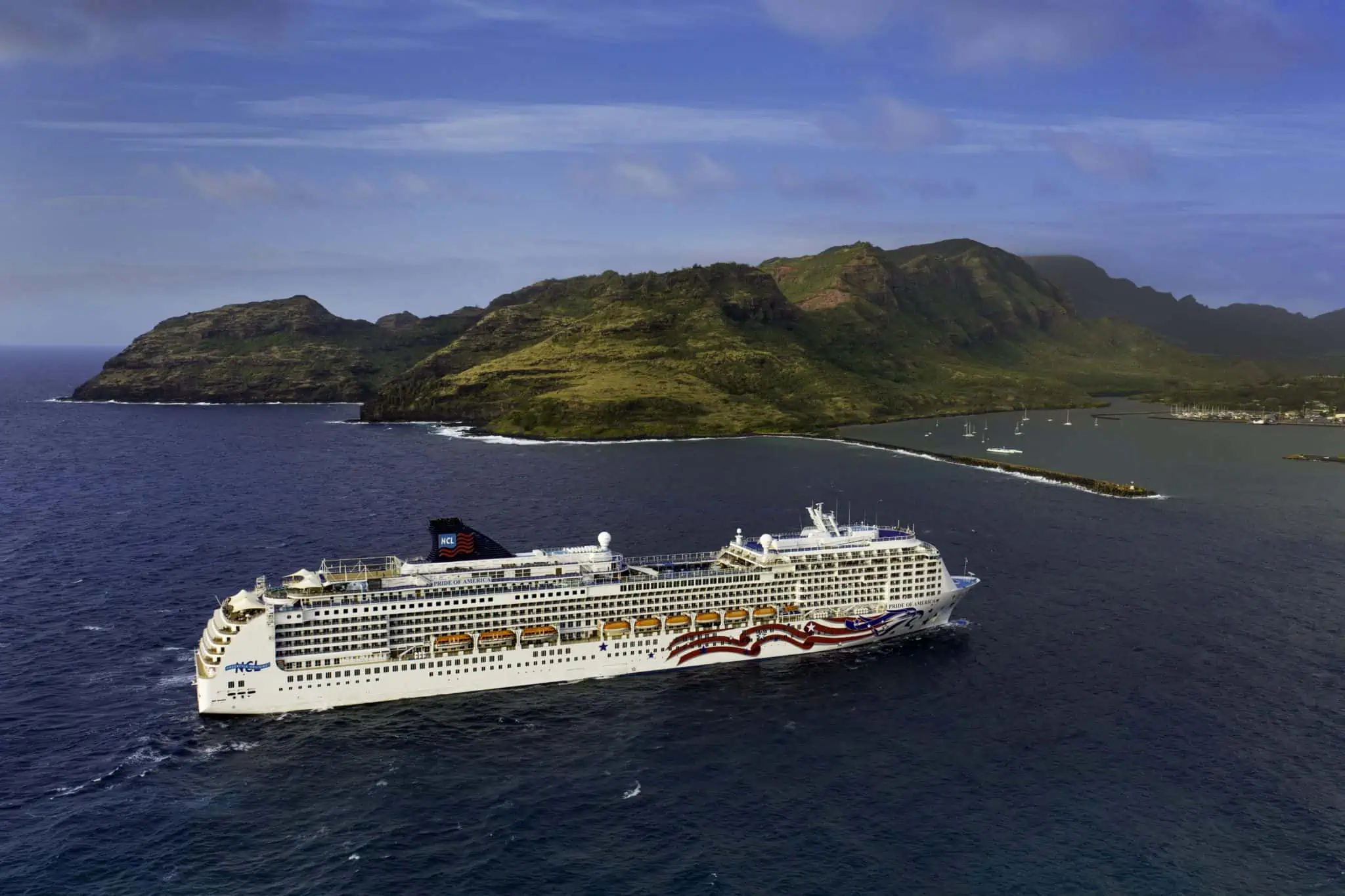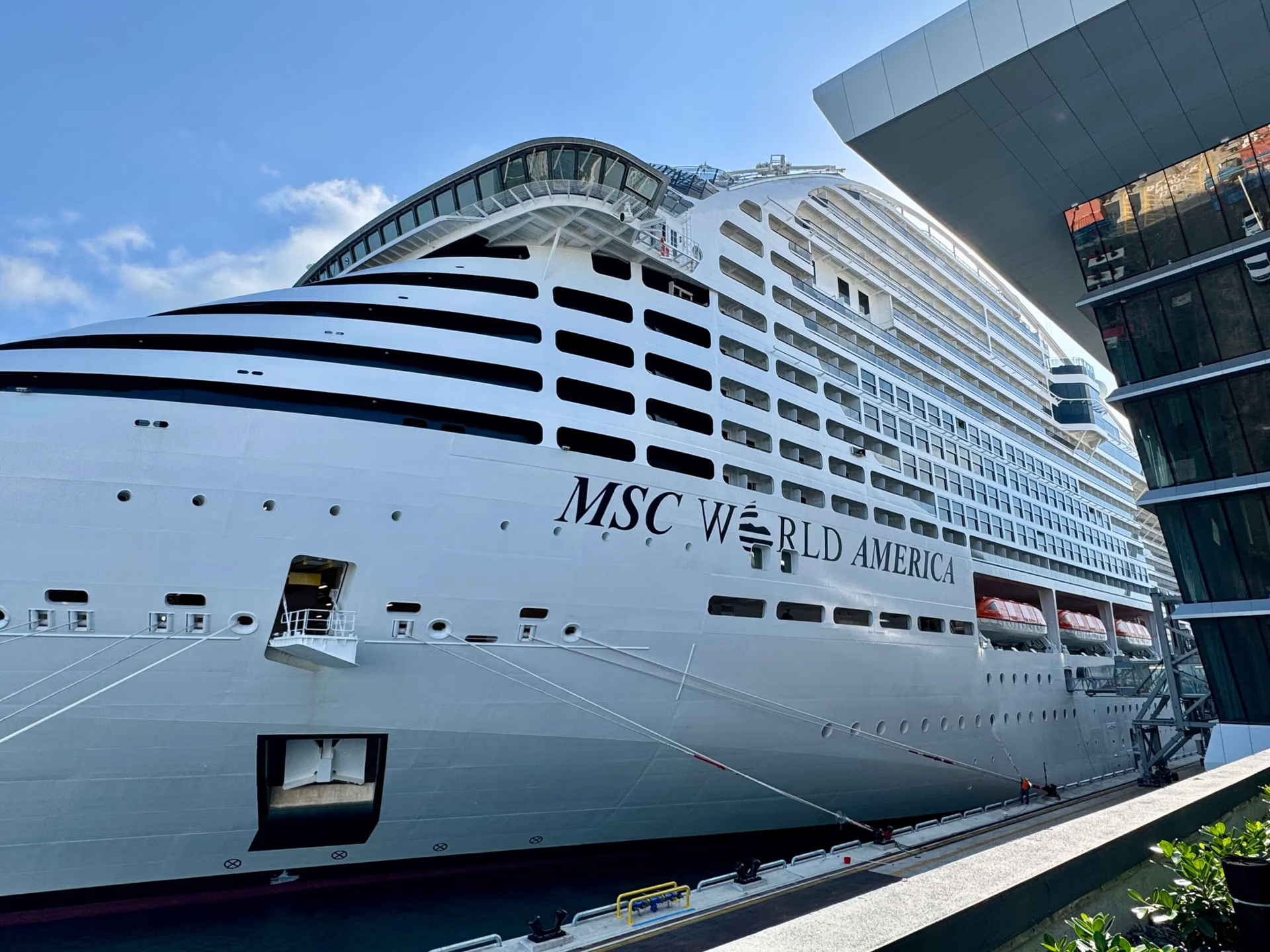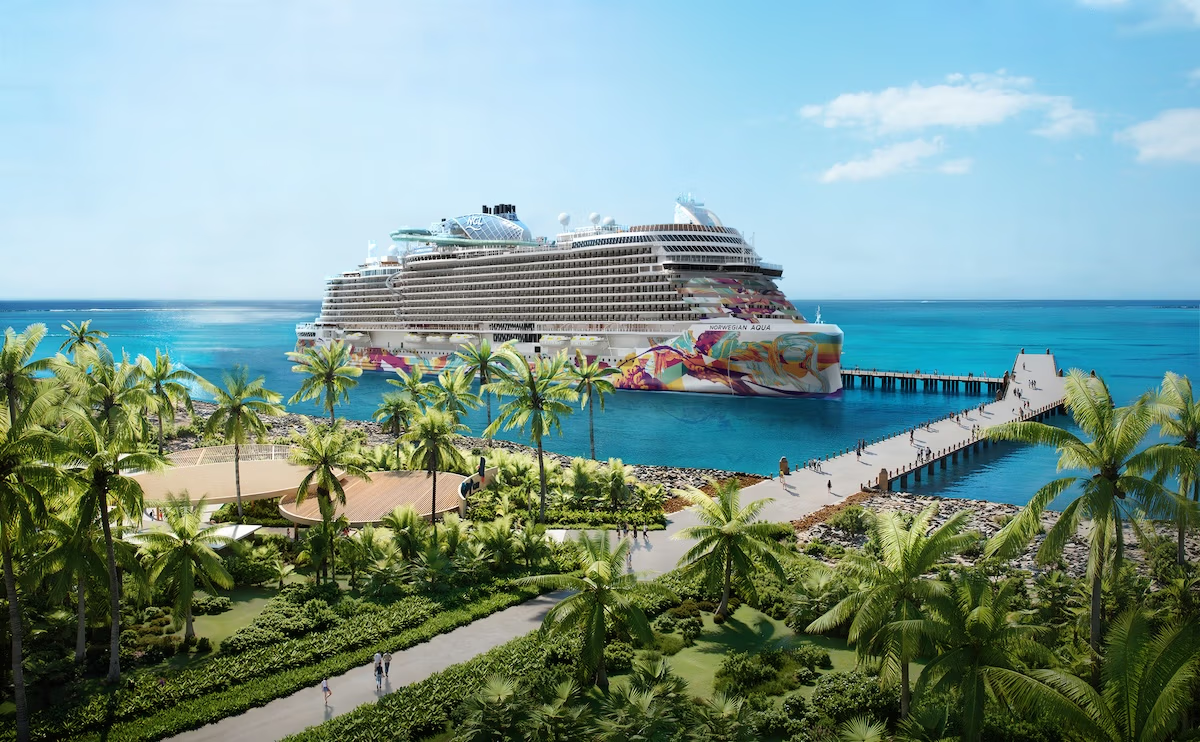Royal Caribbean paid the Environmental Protection Agency (EPA) a $473,685 fine for violating disposal guidelines stipulated in the Resource Conservation and Recovery Act (RCRA).

Eight vessels operating from the Port of Galveston, Texas, are believed to have inaccurately reported the type and amount of waste generated and incinerator ash offloaded to local landfills.
According to the agency, Royal Caribbean had inaccurate amounts of offloaded solid and hazardous materials from July 2019 to July 2024.
Still, the cruise line neglected to follow mandatory reporting protocols, including updating its notifications to the EPA, filing biennial reports, and maintaining adequate records of the types of wastes it was producing and managing.

Court documents reveal that a Royal Caribbean cruise ship generated and disposed of over a ton of hazardous or acutely hazardous waste in a month, a lower amount than the amount initially reported to the EPA.
A spokesperson from the cruise organization offered reassurance that the violations are more document-related than environmental.
“The alleged claims resolved with the EPA involved documentation errors and not environmental impact,” a Royal Caribbean representative informed local news outlet Houston Public Media.
“We remain committed to maintaining environmental and waste management best-in-class practices that go above and beyond legal requirements.”
Enforcement of a New Agreement

With the penalty settled, the EPA and Royal Caribbean established a new agreement to rectify previous violations.
The document dictates that the cruise line will maintain proper waste documentation. It must also mention the amount of offloaded waste from ship to port while segmenting waste according to RCRA guidelines.
Moreover, Royal Caribbean must implement waste handling and management initiatives within 180 days.
Last year, Royal Caribbean pioneered a technique that converts solid waste into usable energy. Other major cruise lines have also made strides in sustainability, most notably through LNG-powered vessels, utilization of shore power, and more eco-friendly ship designs.






